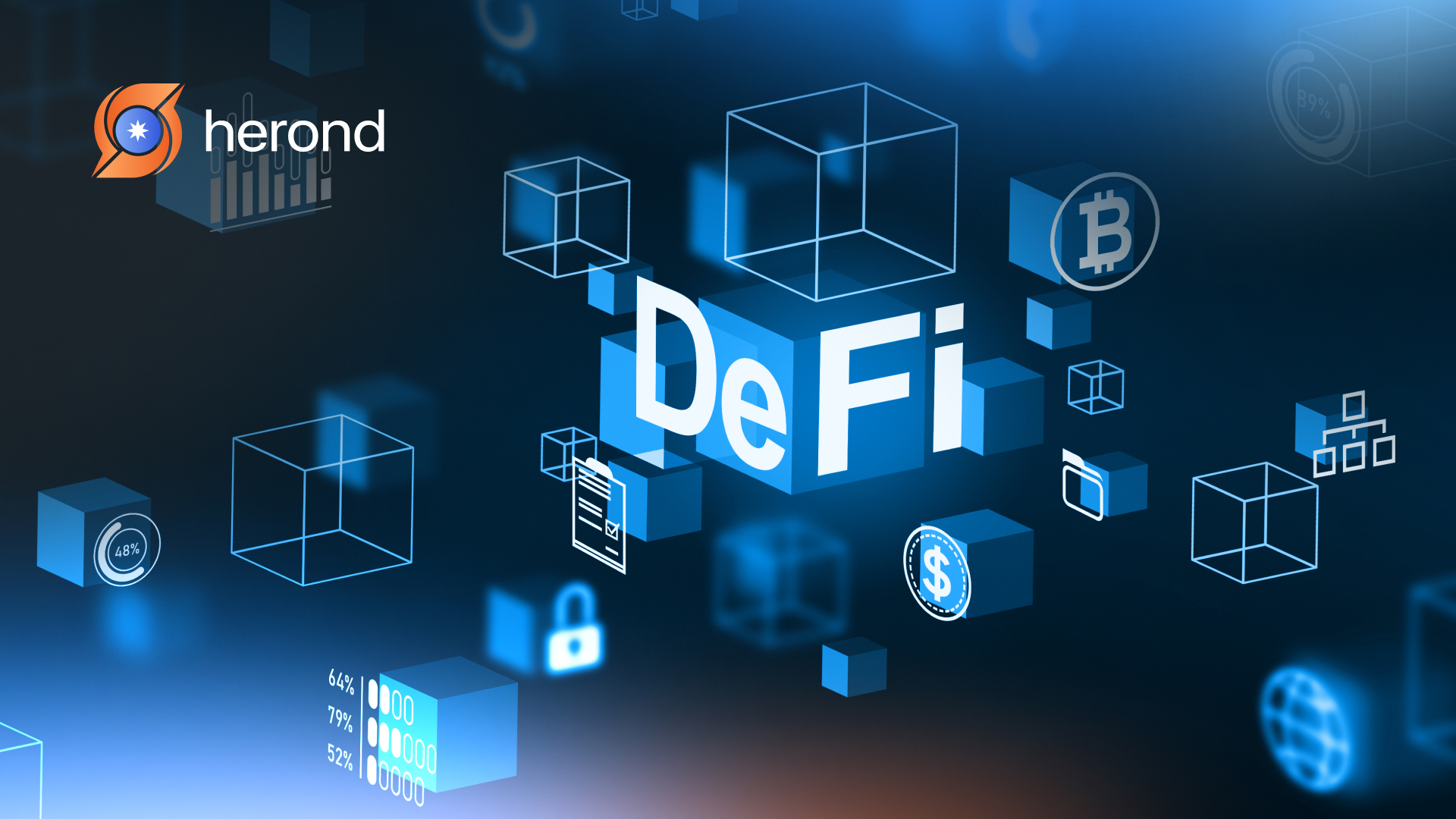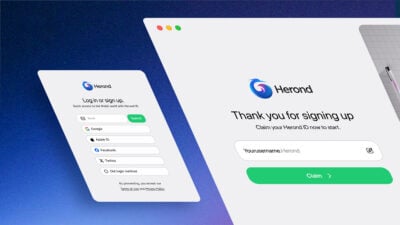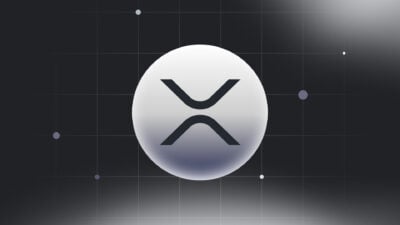DeFi has risen as a groundbreaking sector within blockchain, offering a decentralized substitute to conventional financial services. From a closer perspective, it enables accessible, transparent, and unrestricted entry to a variety of financial products and services. With ongoing evolution, DeFi is witnessing the emergence of novel dApp and reshaping our engagement with financial markets.
This article will introduce to you the definition, pros and cons and use cases of dApps. Then, we will discuss some examples of DApps in 2024.
What Is Decentralized Finance (DeFi)?
Decentralized Finance (DeFi) refers to a rapidly growing sector within the cryptocurrency and blockchain space that aims to recreate traditional financial services using decentralized technologies.
To compare, unlike traditional finance, which relies on centralized institutions like banks and exchanges, DeFi platforms operate on blockchain networks and smart contracts, allowing for peer-to-peer transactions without intermediaries.
What Is Decentralized Application (dApp)?
Decentralized Applications (dApps) are applications that operate on decentralized networks, such as blockchain platforms, instead of traditional centralized servers. In more detail, these applications leverage the decentralized nature of blockchain technology to offer various functionalities and services while minimizing the need for intermediaries and central authorities.
Use Cases of Decentralized Application (dApp)
Decentralized Applications (dApps) have a wide range of potential use cases across various industries. Here are some common examples of practical uses for dApps:
Financial services
dApps can be applied in facilitating financial transactions like the exchange of currencies or the transfer of assets.
Supply chain management
Supply chain dApps use blockchain technology to track and trace products throughout the supply chain, providing transparency, immutability, and provenance for goods and materials. They help reduce fraud, counterfeiting, and inefficiencies in supply chain operations.
Social media

Social media dApps aim to decentralize content creation, sharing, and monetization by rewarding users for their contributions with cryptocurrency tokens. They provide censorship-resistant platforms for free expression and community-driven content moderation.
Identity verification
Identity dApps enable users to create and manage self-sovereign digital identities on blockchain networks. These identities can be used for authentication, access control, and identity verification in various online and offline scenarios.
Gaming

Gaming dApps leverage blockchain technology to offer decentralized gaming experiences with features like asset ownership, provably fair gameplay, player-driven economies, and interoperability between different games and platforms.
Healthcare

DApps have the capability to store and monitor medical records, while also aiding in the communication and cooperation among healthcare practitioners.
Education
DApps have the potential to establish decentralized educational platforms, enabling direct interaction and collaboration between students and educators, thereby eliminating the necessity for intermediaries.
Pros and Cons of Decentralized Application (dApp)
Decentralized applications (dApps) offer several advantages and disadvantages, which are important to consider when evaluating their potential use cases and impact. Here are the pros and cons of dApps:
Advantages of Decentralized Application (dApps)
- Decentralization: dApps operate on decentralized networks, meaning that they are not controlled by any single entity. Therefore, it increases resilience, security, and censorship resistance.
- Transparency: Transactions and data on dApps are recorded on public blockchain ledgers. Consequently, users can verify transactions and track data without relying on intermediaries.
- Enhanced Security: Users have greater control over their assets and identities, reducing the risk of fraud, hacking, and data breaches.
- Reduced Costs: Decentralized networks eliminate the need for intermediaries and reduce transaction fees. As a result, this leads to cost savings for users and businesses using dApps.
- Global Accessibility: dApps are accessible to anyone with an internet connection and a compatible device, which promotes financial inclusion and equal access to services.
- Permissionless Innovation: Developers can build and deploy dApps without needing permission from centralized authorities.
- Interoperability: Many dApps are built on open-source standards and protocols, enabling interoperability between different platforms and networks. Therefore, it allows for seamless integration and communication between dApps and traditional systems.
Disadvantages of Decentralized Application (dApp)
- Scalability Challenges: Many blockchain networks, on which dApps operate, struggle with scalability issues, such as limited transaction throughput and slow confirmation times. This can hinder the performance of dApps, particularly during periods of high demand.
- User Experience: Interacting with blockchain technology of dApps, managing private keys, and understanding transaction fees may be unfamiliar and complex for some users.
- Security Concerns: DApps are still susceptible to security vulnerabilities, including smart contract bugs, hacking attacks, and exploits.
- Regulatory Uncertainty: The regulatory landscape surrounding blockchain and cryptocurrencies is constantly evolving, leading to uncertainty and ambiguity for dApp developers and users.
- Dependency on Blockchain Networks: The performance and reliability of dApps are heavily dependent on the underlying blockchain networks on which they operate.
- Limited Adoption: DApps’ adoption rates remain relatively low compared to centralized applications. Barriers to adoption include technological barriers, lack of awareness, regulatory barriers, and network effects favoring established centralized platforms.
- Environmental Impact: Some blockchain networks, particularly those based on proof-of-work consensus mechanisms, consume significant amounts of energy and contribute to environmental concerns such as carbon emissions.
Top 5 Decentralized Application (dApp) in 2024
Here are some examples of decentralized applications (dApps) across various industries.
Uniswap

Uniswap is a decentralized exchange (DEX) running on the Ethereum blockchain, allowing users to swap various ERC-20 tokens directly without the need for intermediaries. It utilizes an automated market maker (AMM) model and liquidity pools.
MakerDAO

MakerDAO is a decentralized autonomous organization (DAO) that operates the Maker Protocol, allowing users to generate Dai, a stablecoin pegged to the US dollar, by collateralizing their assets in the form of Ether (ETH). Dai is widely used within the Ethereum ecosystem as a stable medium of exchange and store of value.
CryptoKitties

CryptoKitties is a blockchain-based game built on Ethereum, where players can buy, sell, breed, and collect virtual cats. Each CryptoKitty is a non-fungible token (NFT) representing a unique digital asset.
MetaMask

MetaMask is a cryptocurrency wallet and gateway to Ethereum-based dApps, enabling users to interact with Ethereum-based decentralized applications directly from their web browsers. It serves as a bridge between users and the decentralized web ecosystem.
Aave
Aave is a decentralized lending and borrowing protocol on Ethereum, enabling users to lend out their crypto assets and earn interest or borrow assets by collateralizing their holdings. It features flash loans, which are uncollateralized loans that must be repaid within the same transaction, and has become one of the leading DeFi lending platforms.
Conclusion
To sum up, dApps are important for driving the adoption and evolution of blockchain technology, democratizing access to services, promoting innovation, and empowering individuals with greater control over their digital lives.
Moreover, while decentralized applications offer numerous benefits, they also face challenges related to scalability, user experience, security, regulatory compliance, governance, adoption, and environmental sustainability. Addressing these challenges will be crucial for the continued growth and success of the dApp ecosystem.
About Herond Browser
Herond Browser is a Web browser that prioritizes users’ privacy by blocking ads and cookie trackers, while offering fast browsing speed and low bandwidth consumption. Herond Browser features two built-in key products:
- Herond Shield: an adblock and privacy protection tool;
- Herond Wallet: a multi-chain, non-custodial social wallet.
Herond aims at becoming the ultimate Web 2.5 solution that sets the ground to further accelerate the growth of Web 3.0, heading towards the future of mass adoption.
Join our Community!







